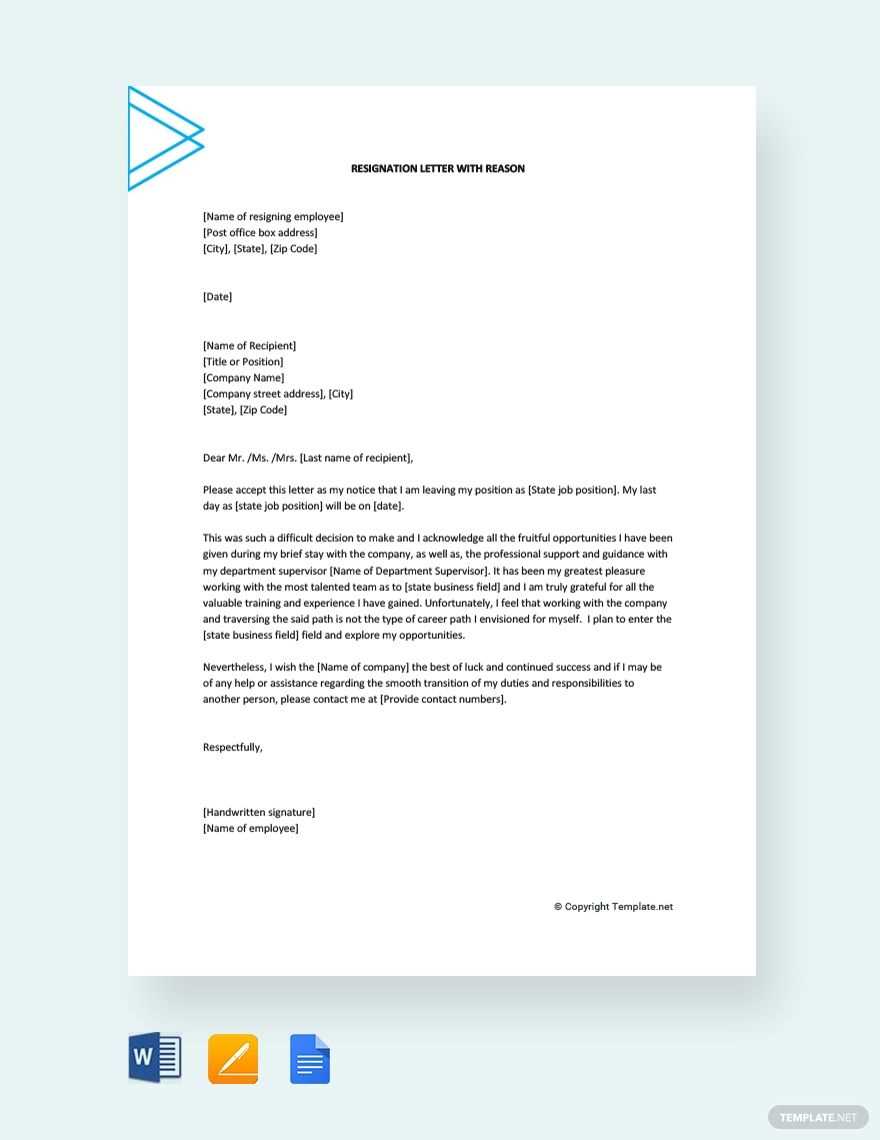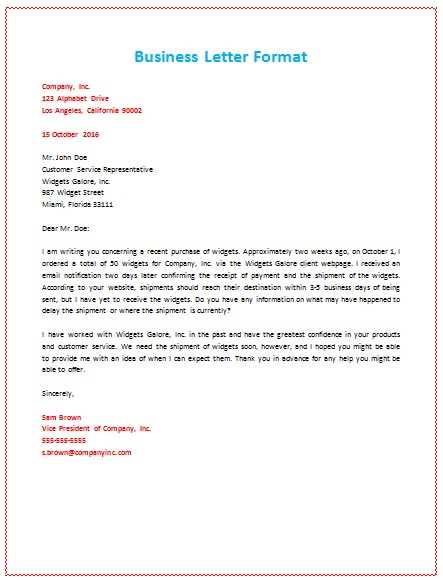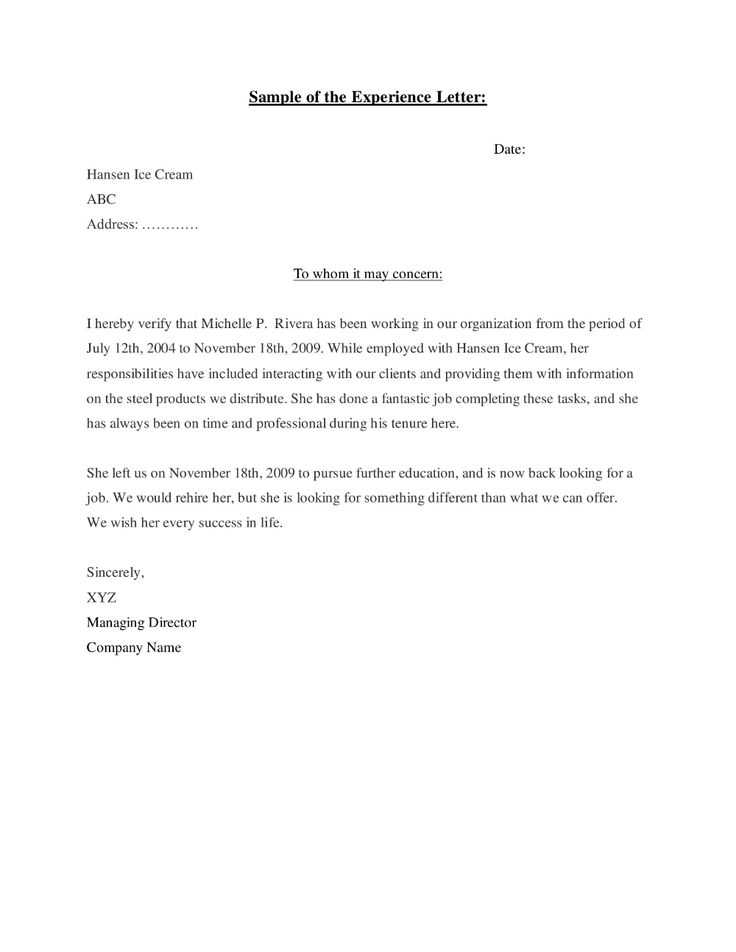Template for letter to senator

Writing a letter to your senator is an impactful way to express your concerns, ideas, or requests. To maximize your message’s effectiveness, it’s essential to be clear, respectful, and direct. This letter should focus on the issue at hand, offering specific details about how it affects you or your community. Your letter should also include a request for action or a specific outcome.
Start with a clear subject line that highlights the main point of your letter. This will ensure your senator’s office understands the urgency and relevance of your message right away.
In the introduction, briefly introduce yourself and mention why you’re writing. State the issue you wish to address clearly, keeping the tone respectful. It’s also a good idea to explain any personal connection you have to the issue, as it can help make your case more relatable.
In the body of the letter, provide any necessary background information or facts to support your point. If relevant, include data, research, or examples of how the issue impacts your life or your community. The more specific you are, the stronger your case becomes.
Lastly, close with a clear call to action. This could include requesting a meeting, supporting a bill, or taking a stance on the issue. Thank your senator for their time and consideration, and express your hope for a positive response.
Template for Letter to Senator

Begin by addressing your senator with a formal salutation, using their full title: “Dear Senator [Last Name],”. This establishes a respectful tone right from the start. Follow with a clear statement of the issue you are concerned about, ensuring that it is specific and directly relevant to their responsibilities. For example, “I am writing to express my concern about [specific policy or issue].” This allows the senator to immediately understand the purpose of your letter.
State Your Position and Request
After stating the issue, clearly articulate your position on the matter. For instance, “I believe that [specific policy or action] would have a significant negative impact on [specific group, region, or issue].” Be sure to explain the reasoning behind your position with concise, factual points. Following this, make your request clear, whether it is urging the senator to support or oppose a bill, introduce a new piece of legislation, or take action in another way. An example might be, “I urge you to vote against [bill number] and advocate for [desired change or policy].”
End with Gratitude and Contact Information
Conclude your letter with a polite note of thanks. For example, “Thank you for your attention to this important matter.” Provide your contact information, offering to discuss the issue further if needed. This gives the senator a clear way to respond to your concerns. Finish with a formal closing, such as “Sincerely,” followed by your name and address. This reinforces the professional tone and makes it easy for the senator to respond.
How to Address Your Senator Correctly

Begin by using the formal title “The Honorable” followed by your senator’s full name. This shows respect and acknowledges their official position. For example, “The Honorable John Doe.” Afterward, you should refer to them as “Senator” followed by their last name in the body of the letter.
Salutation
The salutation should always begin with “Dear Senator [Last Name].” This is a polite and correct way to address them at the beginning of the letter. Avoid using first names or informal titles, as they are not appropriate for official correspondence.
Closing the Letter
Conclude your letter with “Sincerely,” followed by your full name and any relevant contact information. If you’re writing on behalf of an organization, you may also include your role and the organization’s name beneath your signature.
Key Components to Include in the Opening Paragraph

Begin by stating the purpose of your letter clearly. Senators are busy, so get straight to the point. Mention the issue you’re addressing and why it matters to you or your community. Establish your connection to the topic early, whether it’s through personal experience or community impact.
Identify Yourself
Briefly introduce yourself. Include your name, city, and any relevant affiliations, especially if they relate to the issue. This helps the senator understand your perspective and why they should pay attention.
Be Direct and Specific
- Avoid vague statements. Clearly describe the issue you are writing about.
- If you are requesting action, state exactly what you hope the senator will do.
- Frame your request in a way that shows how it benefits the public or addresses a pressing concern.
This focused approach sets the tone for the rest of your letter and makes it easier for the senator to understand the purpose behind your communication. Keep it concise, direct, and informative.
How to Clearly State Your Issue or Request
Be direct and specific. Focus on the key point and avoid unnecessary details. If you’re raising an issue, describe it clearly–what happened, when it happened, and how it has affected you. If making a request, state exactly what action you want the senator to take.
Provide Context for Your Request
Explain why this issue matters to you and your community. Use clear facts and examples to highlight the importance of your request. Keep the background information concise and to the point.
State Your Desired Outcome

Clearly specify the result you are seeking. For instance, instead of saying, “I hope something will be done,” say, “I request that you support legislation to address this issue.” This makes your message clear and actionable.
Use a tone that is respectful but firm. Avoid being vague, as it can cause confusion and delay. A focused, straightforward approach helps your message stand out and increases the chances of getting a response.
Using Persuasive Language Without Being Aggressive
Focus on using clear, respectful language that appeals to reason rather than emotions. Present your points logically, offering well-researched facts and supporting evidence. This approach builds credibility and encourages the recipient to engage with your message thoughtfully.
Be Direct Yet Respectful
Avoid overly complex or confrontational statements. Instead of saying, “The decision you made was wrong,” opt for “I believe there are alternative approaches that could benefit the community.” This phrasing keeps the tone constructive and respectful while still making your point clear.
Use Positive Framing
Highlight solutions or potential benefits, rather than focusing solely on problems. For instance, rather than saying, “This policy will harm our environment,” try “A more sustainable policy could contribute to a healthier future for all.” Positive language can be just as persuasive while maintaining a collaborative tone.
Got it! If you have any specific questions or need help with a technical project, feel free to ask!
Closing the Letter with a Strong Call to Action
Be direct and clear in your request. A strong call to action (CTA) leaves the senator with no uncertainty about what you expect. Whether you’re urging them to support or oppose specific legislation, be precise about the action you want them to take. Avoid vague statements like “I hope you consider my views” and instead ask for a specific decision or commitment.
Examples of Clear CTAs
| Request | Effective CTA |
|---|---|
| Support a Bill | “I urge you to vote in favor of Bill #1234 when it reaches the floor.” |
| Oppose a Policy | “Please take a firm stance against the proposed cuts to public education funding.” |
| Attend a Meeting | “I would appreciate it if you could attend the upcoming town hall on March 5th to hear our concerns.” |
Make Your CTA Time-Sensitive

Adding a sense of urgency can make your request more compelling. Politicians often prioritize matters that have a deadline or immediate relevance. A clear timeline will push them to act swiftly. Use phrases like “before the vote on X” or “prior to the next session.” This creates a sense of urgency without being aggressive.
End the letter with gratitude and appreciation. Thank the senator for their time and consideration, reinforcing that you understand their position but stressing the importance of your issue. A polite yet firm tone will leave a lasting impression and increase the likelihood of action.